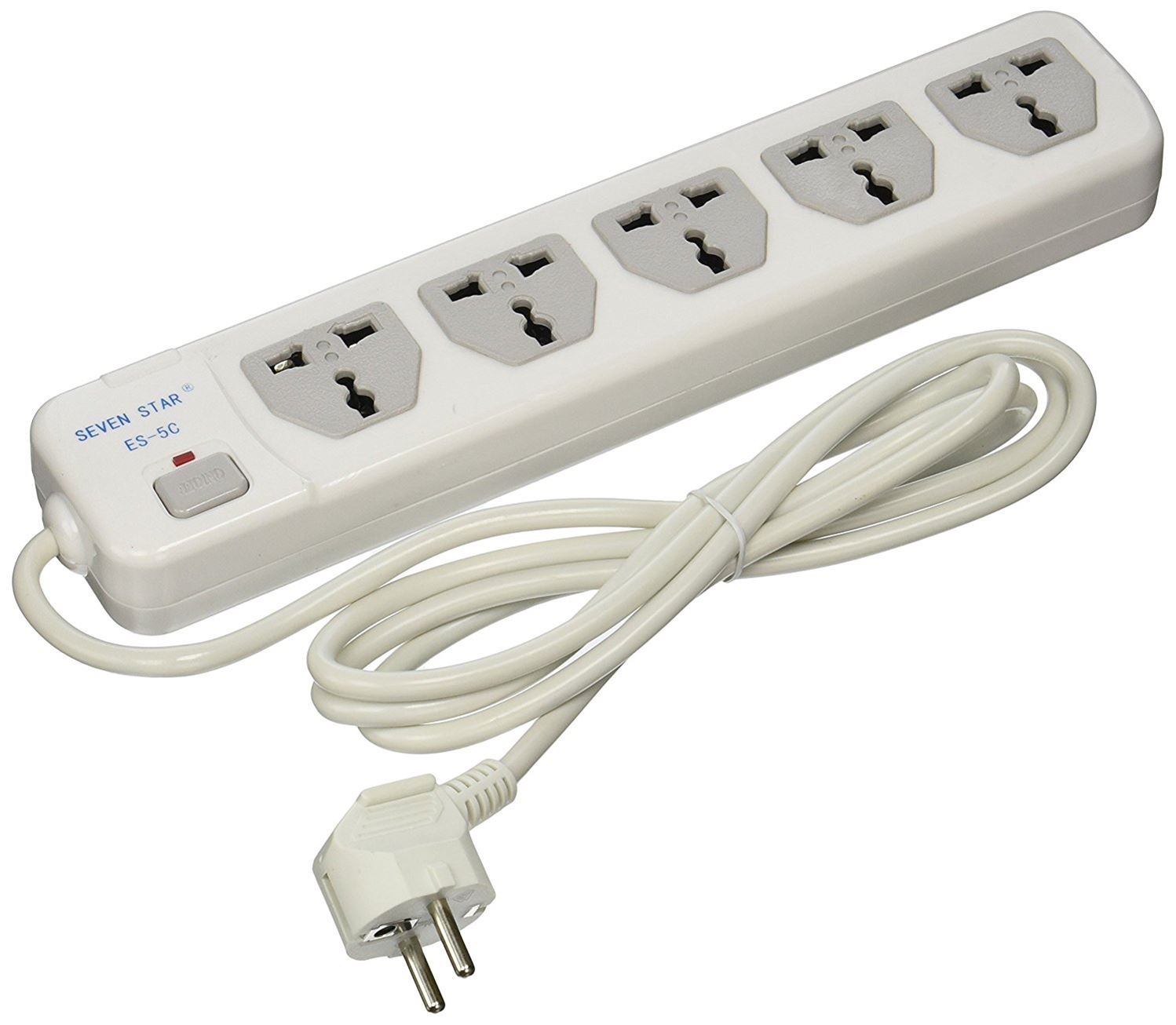Imagine coming home to a shattered TV screen or a fried gaming console after a sudden power surge. The frustration and cost of replacing these beloved electronics can be unbearable.
Power surges, caused by sudden increases in voltage, are a common threat to our valuable electronics. They can occur during thunderstorms, when electricity flows back into the home through electrical lines or when large appliances like air conditioners switch on or off.
The solution? Essential surge protectors for TVs, designed to safeguard your precious electronics from these harmful voltage spikes.
Essential Surge Protectors: A Must-Have for TV Protection

Surge protectors are devices that divert excess voltage away from your electronics, preventing damage to delicate circuits and components. They act as a safety net, absorbing and dissipating the surge before it reaches your TV, ensuring your entertainment investment remains protected.
How Surge Protectors Work: Demystifying the Protection Mechanism

Surge protectors contain metal oxide varistors (MOVs), which are semiconductor devices that conduct electricity when voltage exceeds a safe level. When a surge occurs, the MOVs allow the excess voltage to flow through them and away from your electronics, effectively grounding the surge and protecting your devices.
History and Evolution of Surge Protectors: A Journey of Innovation
The history of surge protectors dates back to the early 20th century, when they were primarily used to protect telephone lines from lightning strikes. Over time, as electronics became more prevalent and sensitive to power surges, surge protectors evolved to meet the demand for robust protection.
Beyond the Basics: Uncovering the Hidden Secrets of Surge Protectors
Surge protectors offer more than just basic protection. They often come equipped with additional features like noise filtering, which removes unwanted electrical noise that can interfere with the performance of your electronics, and voltage regulation, which stabilizes incoming voltage to prevent fluctuations that can damage sensitive components.
Surge Protector Recommendations: Choosing the Right Protection for Your Needs
When selecting a surge protector, consider the number of devices you need to protect, the amount of joules it can absorb (a higher joule rating provides better protection), and the presence of additional features such as noise filtering and voltage regulation.
Surge Protection for Other Electronics: Beyond TVs

While surge protectors are essential for TVs, don’t forget to protect other valuable electronics such as computers, gaming consoles, home theater systems, and appliances. By extending surge protection to these devices, you can create a comprehensive shield against power surges throughout your home.
Tips for Surge Protector Maintenance: Ensuring Optimal Performance

Regularly inspect your surge protectors for any signs of damage or wear, such as frayed cords or loose connections. Replace them immediately if you notice any issues. Avoid overloading surge protectors by connecting too many devices, as this can reduce their effectiveness.
Fun Facts about Surge Protectors: Did You Know?

Surge protectors can absorb surges of up to 6,000 volts or more, effectively safeguarding your electronics from extreme voltage spikes. The MOVs inside surge protectors degrade over time, so replacing them every few years is recommended for optimal protection.
Step-by-Step Guide to Surge Protector Installation: DIY Protection

Installing a surge protector is simple. Plug the surge protector into a grounded wall outlet, then connect your electronics to the surge protector. Ensure the surge protector is not overloaded by limiting the number of devices plugged into it.
Consequences of Neglecting Surge Protection: A Cautionary Tale

Failing to protect your electronics with surge protectors can lead to costly repairs or replacements. Power surges can damage circuit boards, fry components, and even start fires. Investing in surge protection is a small price to pay compared to the potential risks and expenses.
Surge Protector Buying Guide: Essential Considerations
When choosing a surge protector, consider the following factors: the number of outlets you need, the joule rating, the presence of additional features like noise filtering and voltage regulation, and the brand reputation. Read reviews and compare products to find the best surge protector for your specific needs.
Questions and Answers: Clarifying Surge Protection Concerns
Q: How often should I replace surge protectors?
A: Replace surge protectors every few years, or sooner if you notice any signs of damage.
Q: Can I use surge protectors for outdoor electronics?
A: Yes, but use outdoor-rated surge protectors designed to withstand harsh weather conditions.
Q: Do surge protectors protect against lightning strikes?
A: While surge protectors can absorb some lightning-related surges, they are not a complete substitute for proper lightning protection systems.
Q: Can surge protectors cause fires?
A: Faulty or overloaded surge protectors can cause fires. Use high-quality surge protectors from reputable brands and avoid overloading them.
Conclusion of Safeguard Your Precious Electronics: Essential Surge Protectors For TVs
Protecting your precious electronics from power surges is crucial to ensure their longevity and performance. Essential surge protectors for TVs provide a reliable and affordable way to safeguard your valuable investments. By understanding how surge protectors work, their hidden secrets, and proper maintenance practices, you can enjoy peace of mind knowing that your electronics are shielded from the damaging effects of voltage spikes.
